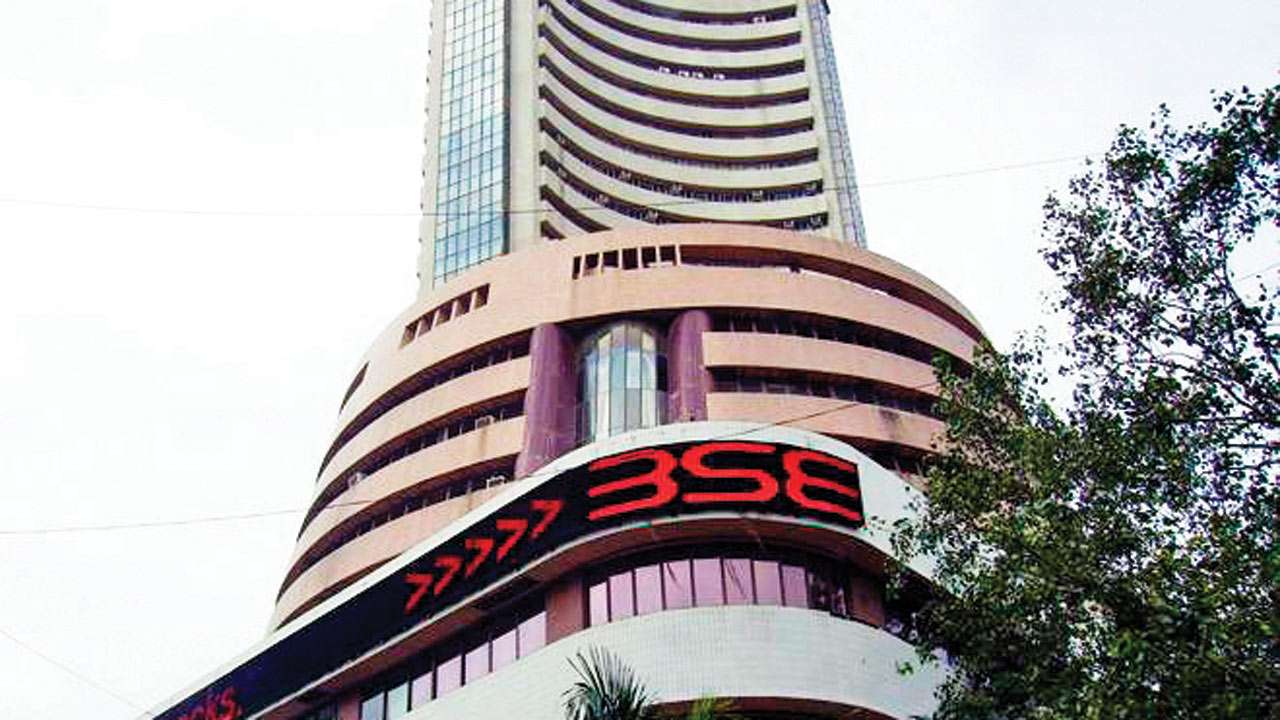A Guide to Sensex And Its Calculation

If you are a beginner to the share market, then it is paramount to know the market index to start with your trading. Here is a guide to understanding the Sensex index and its calculation.
The word Sensex is a portmanteau of Sensitive Index. Sensex was introduced to gauge the performance of Indian Stock market. It reflects the movement of most actively traded stocks under BSE (Bombay Stock Exchange). The booms and the busts of the market can be easily understood with S&P BSE Sensex.
Sensex is a weighted market index of 30 prominent stocks that are the representative of different industrial sectors and are actively traded. Nifty is another index used to calculate the performance of the stocks under NSE (National Stock Exchange).
How to Calculate Sensex?
Sensex is calculated based on the “Free float capitalization” method. The 30 selected stocks reflect the level of the index directly.
Percentage of total shares that are issued by the company and are available for trading in the market is referred to as free float. Shares that are held by the government or by the promoters are not included for free-floating as they are locked-in shares.
To understand this better let’s take an example- suppose a company has 100 shares in the market out of which the promoters and the government hold 30 shares and the rest 70 are available in the market for trading.
This 70% of the shares are free-floating shares and considered for determining the free float factor. Market capitalization determines the valuation of the company. This is calculated by multiplying the price of each share with the total shares issued by the company.
The above two terminologies are the major factors in calculating the Sensex.
Process of Calculation
- According to the set criteria, 30 stocks are selected under the Sensex.
- The market capitalization for all the 30 Companies are determined
- After the market capitalization is calculated, free float capitalization is determined for all the 30 companies
- The results of free-floating capitalization of the 30 companies are summed up to get the sum.
- The formula for Sensex is (total free-float market capitalization *base value index)/Base market capitalization.
- The base value index is considered as 100 while the Base market capitalization to be used is 2501.24 crore.
Let’s take an example to understand the calculation.
There are 2 companies X and Y.
- X has 500 shares of the company out of which 300 shares are issued for free-floating, and the price of each share is Rs. 80.
- Y has 1000 shares out of which 700 are used for free-floating, and the price of each fare is Rs. 100
- Market capitalization of the company is calculated as – total shares of the company multiplied by the price of each share.
- So, for company X it is (500 x 80 = 40,000)
- For company Y it is (1000 x 100 = 1,00,000)
- The free float factor is calculated as – Total shares issued for free-floating divided by the total no. of shares issued by the company
- So, for Company X it is – (500/300 = 0.6)
- For company Y it is – (700/1000 = 0.7)
- Total free float capital market is (40,000 x 0.6) + (1,00,000 x 0.7) = 94,000
- Let, assume the base market capitalization is 5000
- So, the value of Index is – (94000 x 100)/5000 = 1880
Conclusion
The market is affected by several socio-economic or political factors and accordingly, the value of the index rises or falls. The stocks in the Sensex are mainly the blue-chip companies and are financially sound to invest; still, a good knowledge of the market is necessary to start investing in markets.






